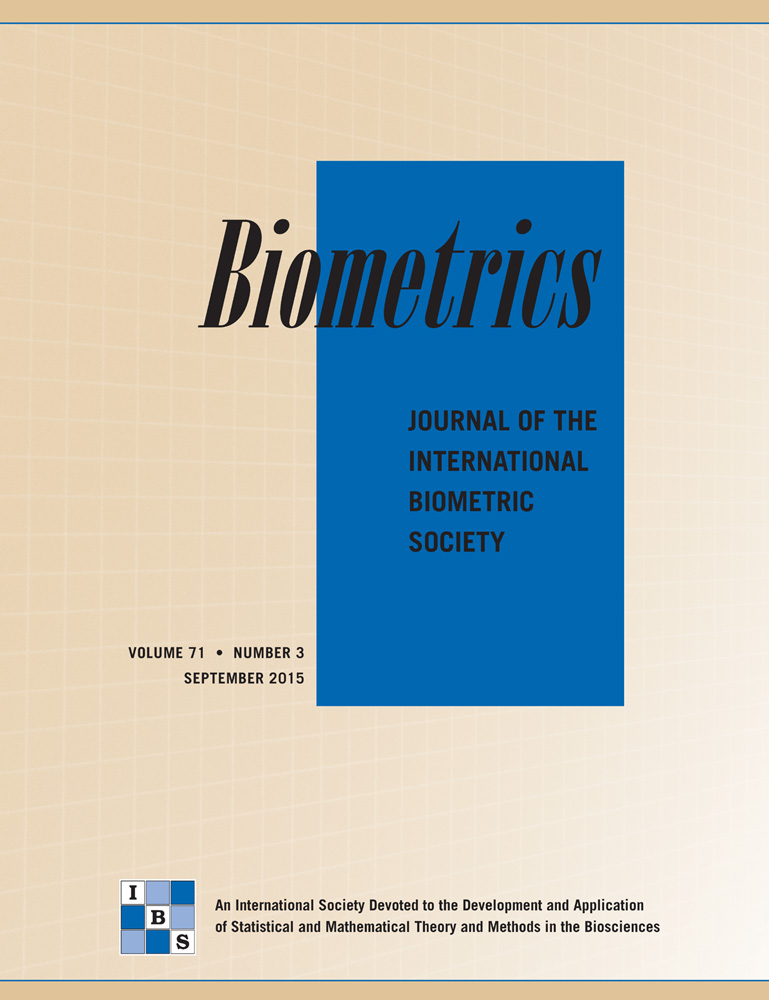Adjusting for population shifts and covariates in space–time interaction tests
Summary
Statistical tests for epidemic patterns use measures of space–time event clustering, and look for high levels of clustering that are unlikely to appear randomly if events are independent. Standard approaches, such as Knox's (1964, Applied Statistics 13, 25–29) test, are biased when the spatial distribution of population changes over time, or when there is space–time interaction in important background variables. In particular, the Knox test is too sensitive to coincidental event clusters in such circumstances, and too likely to raise false alarms. Kulldorff and Hjalmars (1999, Biometrics 55, 544–552) proposed a variant of Knox's test to control for bias caused by population shifts. In this article, I demonstrate that their test is also generally biased, in an unknown direction. I suggest an alternative approach that accounts for exposure shifts while also conditioning on the observed spatial and temporal margins of event counts, as in the original Knox test. The new approach uses Metropolis sampling of permutations, and is unbiased under more general conditions. I demonstrate how the new method can also include controls for the clustering effects of covariates.




